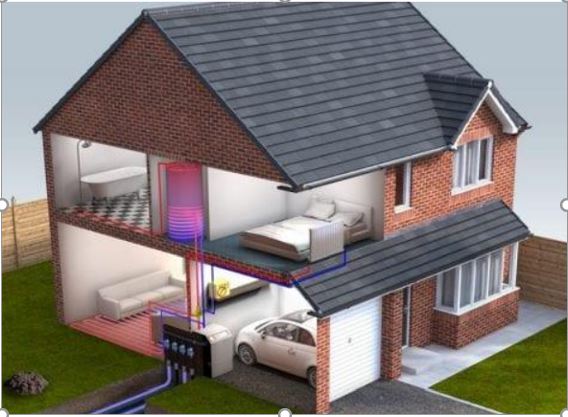Simple Ventilation Advice to Guard your Household Against Coronavirus

There is ample reason to believe, through supported data that the second coronavirus wave is on, but the great news is that, this time with the knowledge that has been acquired during the primary wave, we can limit the spread of this virus by following through with simple steps like good hygiene , good housekeeping, social distancing , use of facemasks.
However, it’s been shown that the majority of infections are contacted in households, this is often mostly due to the volume and quality of airflow, especially those spaces where it is difficult to maintain a low occupational density.
Below is a reminder of simple ventilation guidance that would assure protection from Covid-19 and would curtail the danger of coronavirus:
- Ceiling fans in homes are effective at reducing the risk of stagnant air which aid viruses to thrive. This should be operated constantly.
- Opening of windows will increase airflow and secure ventilation of spaces with outdoor air. This is often effective in reducing any risk of viral infection.
- Consider keeping rooms ventilation on 24/7. You may lower ventilation rates when people are absent but never shut this off.
- Exhaust ventilation systems of toilets should be left on 24/7. If there is exhaust fan in toilets, avoid open windows in order to assure the proper direction of ventilation is maintained.
- Where air-conditioning units are installed, they ought to be kept on for extended periods, with lower ventilation rates when people are absent, but not switched off.
- Think about using Air Cleaners with HEPA filter efficiency. They’re effective in removing up to 99.9% of viruses and bacteria from an area of up to 10 square metre.
- Instruct building occupants to flush toilets with closed lid. Coronavirus can be contacted from faeces.
Finally, this easy tool can create knowledgeable comprehensive assessment of the controls needed to stop the danger of coronavirus within households